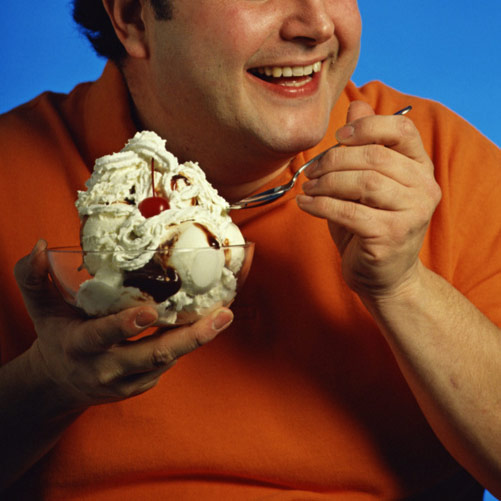TUESDAY, Sept. 13, 2016 (HealthDay News) — Commercial airline pilots on insulin therapy who keep their diabetes under tight control can perform their job without safety concerns, a new British study concludes.
In the United States, however, pilots with insulin-dependent diabetes are prohibited from flying commercial aircraft, the researchers said. A concern is that long flights can interrupt eating and treatment routines, and could lead to low blood sugar levels.
Two countries, the United Kingdom and Canada, allow people with diabetes treated with insulin to fly commercial aircraft — if they can show they understand their condition and have it under excellent control, according to the study authors.
These pilots are overseen by the U.K. Civil Aviation Authority (CAA) and Irish Aviation Authority.
“A growing number of insulin-treated pilots have successfully applied for commercial pilots’ licenses in the United Kingdom, and most recently Ireland,” said Dr. Julia Hine, of the Royal Surrey County Hospital in England.
“To date, the CAA protocol has shown to work well in the cockpit, with no reported safety concerns, and without deterioration of diabetes control,” Hine said in a news release from the European Association for the Study of Diabetes (EASD).
The United Kingdom now has the largest pool of insulin-dependent pilots, enabling them to find jobs as pilots and also fly for recreation, the researchers noted. Pilots have to monitor their blood sugar before and during flights.
“Regular blood glucose testing in the cockpit ensures that any variability in blood sugar is detected and can be corrected early,” said Hine.
“If pilots are unable to test their blood sugar due to operational demands, the protocol dictates that they should consume 15 mg of carbohydrate as a precautionary measure [to prevent low blood sugar levels] and then test within 30 minutes,” she said.
The team of British researchers reviewed the effectiveness of these requirements and the safety of the program that allows people on insulin to fly commercial planes.
The study included 26 male pilots on insulin therapy. The investigators checked the participants’ age, type of diabetes, treatment regimen and other health issues. The researchers also compared the pilots’ pre-flight and in-flight blood sugar levels.
The pilots were an average age of 41 years old. Most had type 1 diabetes. The average diabetes duration was eight years. These pilots had no significant change in their three-month average blood sugar levels (HbA1c) before and after they got their license.
After examining nearly 9,000 individual blood sugar checks recorded during 4,900 flight hours, the study found virtually all were at safe levels. None of the blood sugar levels would have impaired the pilots’ ability to fly, the findings showed.
The study was scheduled for presentation Monday at the annual meeting of the EASD in Munich, Germany. Findings presented at meetings are generally viewed as preliminary until they’ve been published in a peer-reviewed journal.
“There are a number of European states that have expressed interest in the program. The American Diabetes Association’s position is that individual assessment of people with diabetes is the appropriate approach to determining whether a person is qualified to perform certain activities,” said Hine.
“The [EASD] is developing recommendations to share with the U.S. Federal Aviation Administration (FAA) that would enable the FAA to identify pilots who are at no greater risk for incapacitation than any other pilot,” she added.
More information
The American Diabetes Association has more about commercial pilot restrictions and diabetes.
Copyright © 2025 HealthDay. All rights reserved.

